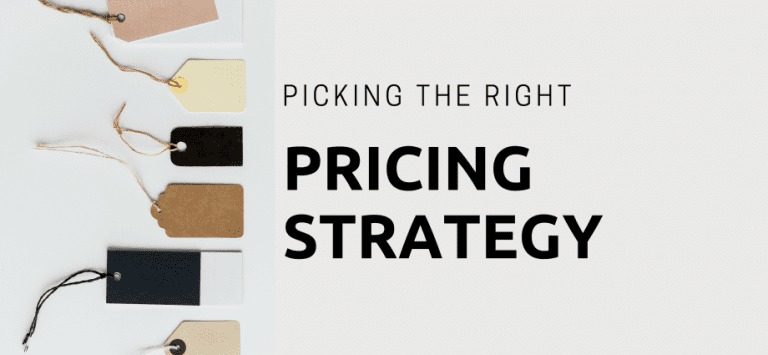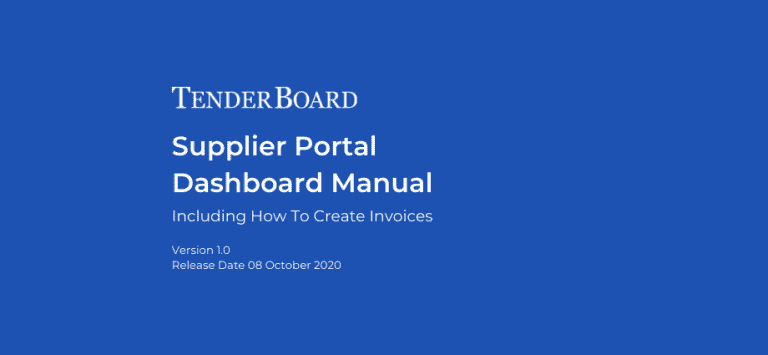Why do I need a specific strategy for tenders?
Submitting proposals for tenders is another sales channel for companies, and very much like sales, you need a strategy to win these deals.
The difference between regular sales deals and tenders is that most tenders do not allow for any negotiation before or even after the proposal submission. Therefore, we always recommend putting your best foot forward when putting together your proposal; provide the best value and pricing you could for the buyer’s consideration.
That said, putting together the best proposal is not a simple process. Who is likely to participate in this tender? And, how do you know if your pricing is competitive or if it’s too low?
If we look at data, we can use the information from the past to help guide us in our future tenders. And while not all companies announce the results of their tenders, we can look at what’s available to help us gain insights into our competition and our prospective customers.
How can we use data to help with our tender proposals?
There are plenty of insights you could gain by looking at tender data, and in this article we’ll focus on the 3 main analyses to help you get started.
1) Understanding your competition
Is there an incumbent?
When searching through past tenders, look for any incumbents (suppliers who have won previous similar tenders). If you see the same supplier repeatedly winning similar tenders from the same buyer, this is an indication of a couple of things:
- They likely have a strong relationship with the buyer
- They are most likely to participate in the current tender
- They would be a strong competitor to beat in this tender
While it is not always the case that incumbents win every time, a repeated win shows that the buyer is likely to be satisfied with the service they had provided. This means that if you are planning to also bid in this tender, you will need to be able to differentiate yourself and show that your product or services bring greater value.
Are your competitors strong at winning tenders?
You can also use past tenders your competitors participated in to understand their strengths and weaknesses. Here at TenderBoard, we like to compare key comparison metrics like Tender Success Rates and Average Bid Values to understand how strong they are as a competitor and if we are competing for same contracts (based on contract value sizes)
It never hurts to understand your competition, and as the well known military strategist Sun Tzu once said, “Know the enemy and know yourself; in a hundred battles you will never be defeated”.
2) Find Optimal Pricing for tenders
What is the price range of tenders won?
The next insight you could gain is by looking at pricing. If you are able to analyse past bids submitted for similar deals for the same buyer, you can compare winning bids against the other participants, you can draw insights on how price sensitive the buyer is.
If the lowest bids always win, this could be an indication that the buyer is highly price sensitive. But if there does not seem to be a trend, this likely means that the buyers are prioritising their evaluation on other requirements.
Analysing past bids submitted for similar deals (or better yet, the same buyer), your company would be able to gain insights into the buyer’s budget. This will in turn, enable you to determine a tender bid price that is potentially irresistible to the buyer.
3) Predicting Purchasing Cycles of tenders
By analysing historical trends and purchasing cycles of a buyer, you may be able to predict when the next tender opportunity would be released. While not for all tenders, some tenders and contract renewals tend to be cyclical in nature, which means you could gauge when the next tender would be released based on when it was released in the previous years.
With this prediction, this can provide your team more time to prepare, even before the tender is released. Sometimes, you would be able to reach out and influence the buyer strategically, thereby increasing your chances of winning the tender.
It’s all about due diligence
With the insights gained from the 3 analyses above, we could gauge when the next opportunity will arise and put together a competitive proposal based on our analysis of potential competitors and pricing.
Apart from these, many organisations also use tender data to track and benchmark their performance to further identify their best opportunities and biggest competitors.
If you are keen to access tender data, TenderBoard Supplier Portal aggregates public information released and stores the data of up to 7 years in our Past Tender database. Learn more about our services here
About TenderBoard
TenderBoard provides businesses with a peace of mind by facilitating transactions between buyers and suppliers throughout the source-to-settle process. The platform provides real-time data, competitive analysis and business opportunities while ensuring corporate governance.
TenderBoard is trusted by leading players across real estate, finance, hospitality and technology industries in Asia including EM Services, CPG FM, Cushman and Wakefield, United World College, James Cook University, Gardens by the Bay, Singapore Discovery Centre, Ren Ci Hospital, St Luke’s Hospital, Keppel Land, Phillip Securities, and Nippon Express.













